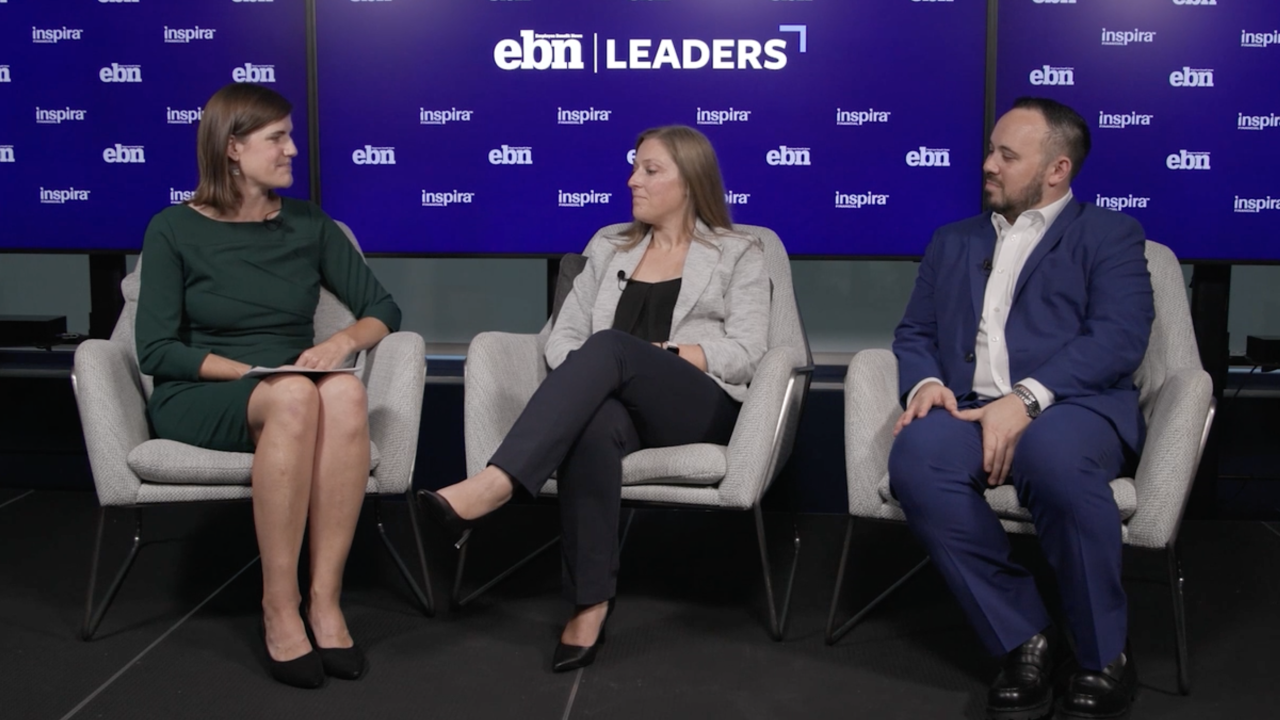Employees dealing with the relentless stress of the pandemic are increasingly turning to drugs and alcohol to take the edge off.
Twenty-two million people suffer from active substance use disorders, according to the Edge Treatment Center — and the pandemic has only made matters worse. By June of last year, 13% of Americans reported starting or increasing their substance use as a way to cope with stress or emotions related to COVID-19, according to the CDC.
“The numbers don’t lie,” says Clark Lagemann, CEO of Avidon Health, a behavioral sciences company focused on coaching solutions. “[People] aren’t out there with other social networks that they've had in the past, so they’re turning to other things they wouldn't normally turn to.”
For employers, these at-risk employees are spelling trouble for workplace productivity: 36% of employees struggling with
Read more:
To combat these worsening statistics and offer employees much-needed support, Avidon Health released LivingClear, a multi-week cognitive behavior recovery program targeting substance use disorders. Avidon partners directly with companies and their HR departments so that the service is easily accessible to employees in need.
The self-guided lessons allow participants to begin the program on their own schedule regardless of time or location — a critical component for individuals seeking recovery that many other similar services are lacking, according to Lagemann.
“Imagine if you have a problem on a Saturday — do you want to wait until Monday to get help? It just doesn't make sense,” he says. “We wanted something that whether it's two o'clock in the afternoon or two o'clock in the morning, you can move forward.”
In order to keep from alienating employees suffering from the signs and symptoms of addiction, such as those who have recently failed a drug test or those who many not yet know they have a problem but suspect they might, LivingClear was intentionally made to be as discreet as possible.
Read more:
“When there’s a stigma it means you probably don't want to get help,” Lagemann says. “This was a really different way of thinking about how we engage with a subject that people don't want to talk about.”
By allowing participants to access the course 24-hours a day, seven days a week, employees aren’t confined to regular business hours — meaning they can keep their recovery separate from their work space, Lagemann says.
That doesn’t mean, however, that there aren’t workplace indicators that employers should be on the lookout for during the average 9-to-5, according to Lagemann. For example, absenteeism is the first sign of an employee suffering from a substance use disorder. The average employee
“It's obvious to organizations when there are employees in need,” he says. “It just needs to be addressed in a way that's not being done right now.”
Read more:
Even in the face of office re-openings and the imminent return of the world as we once knew it, the
“There's no shortage of solutions out there,” Lagemann says. “It's about how you communicate the offering, how you roll out the offering and how you engage people consistently on the offering.”






